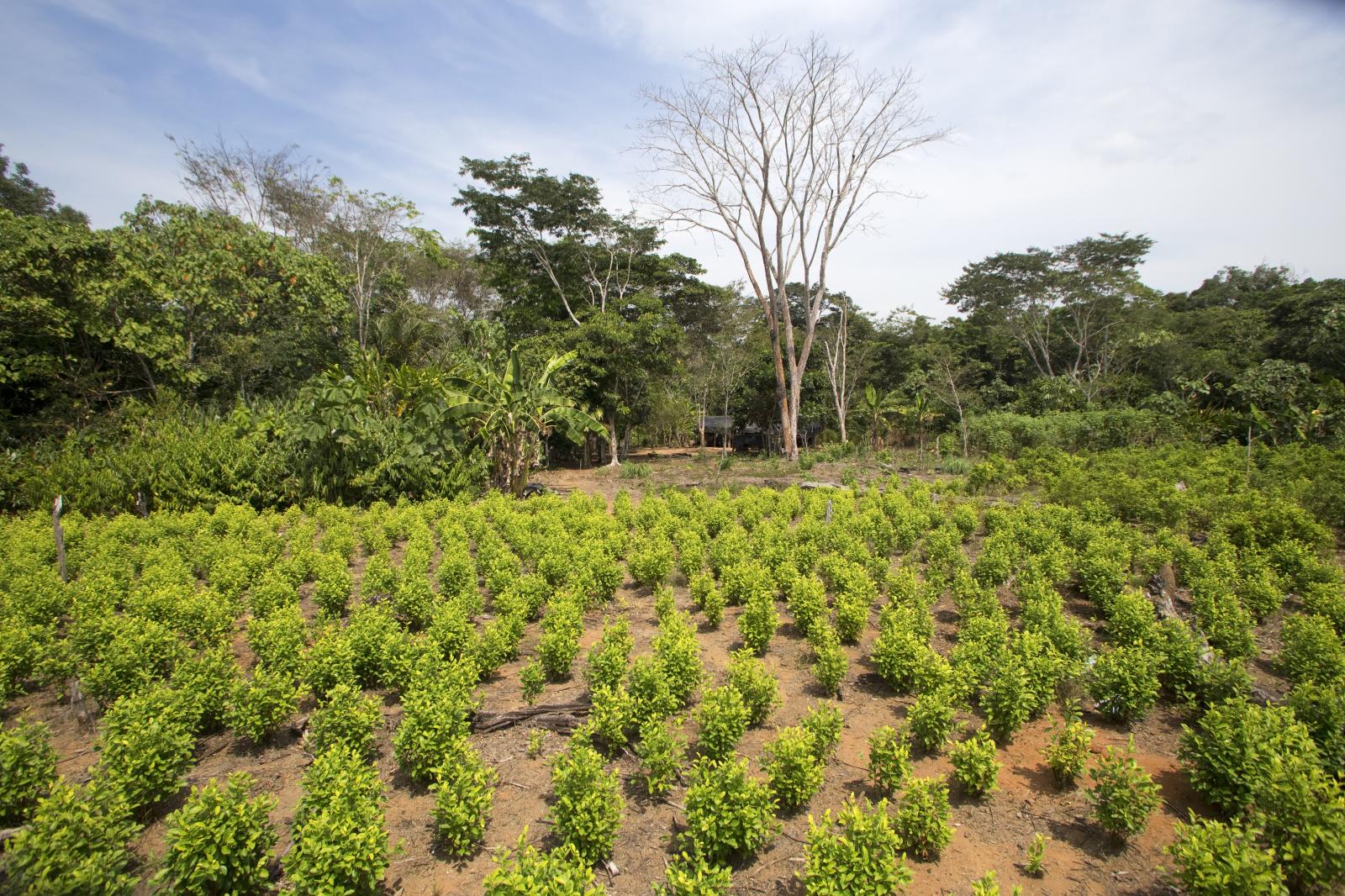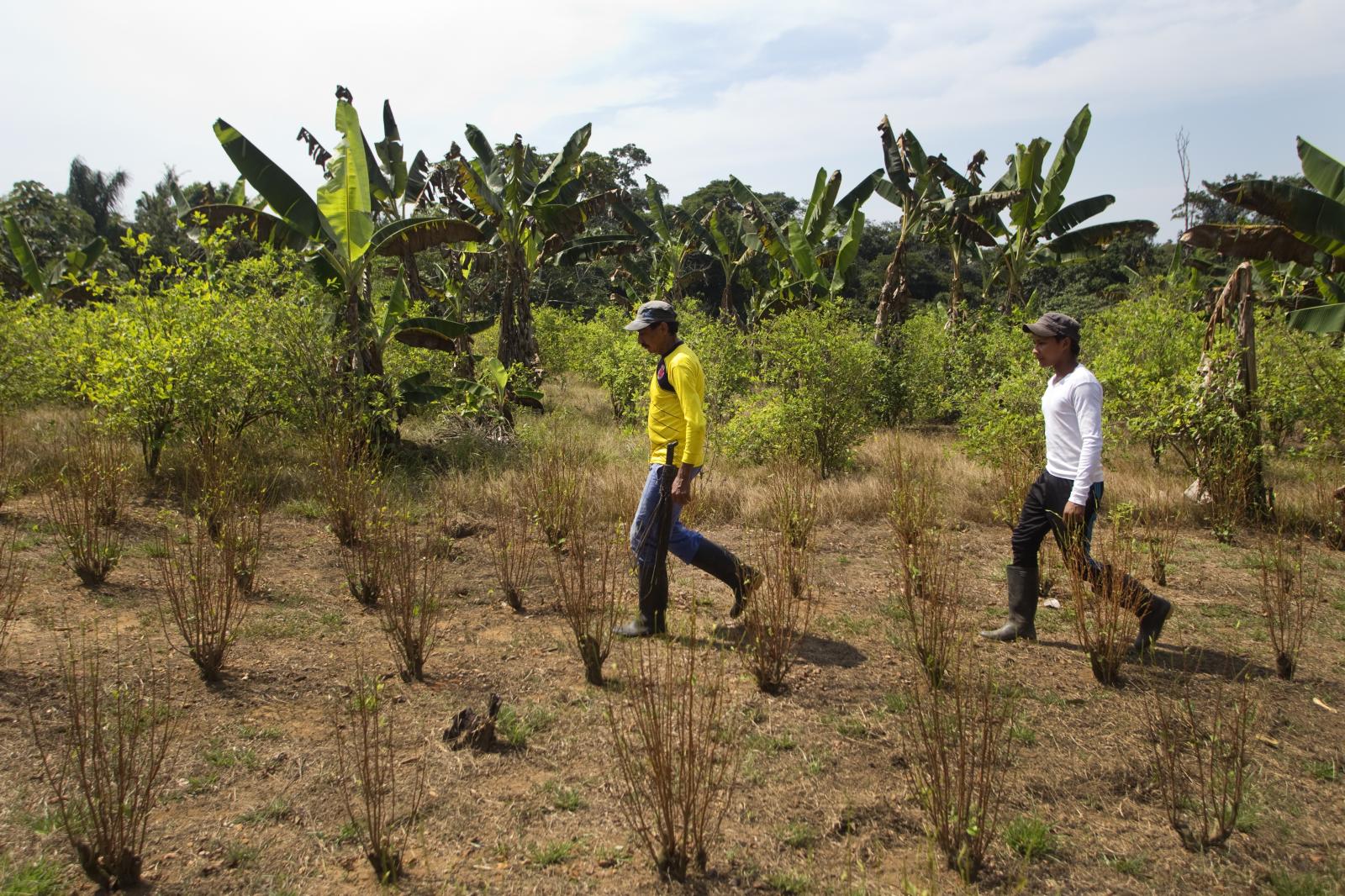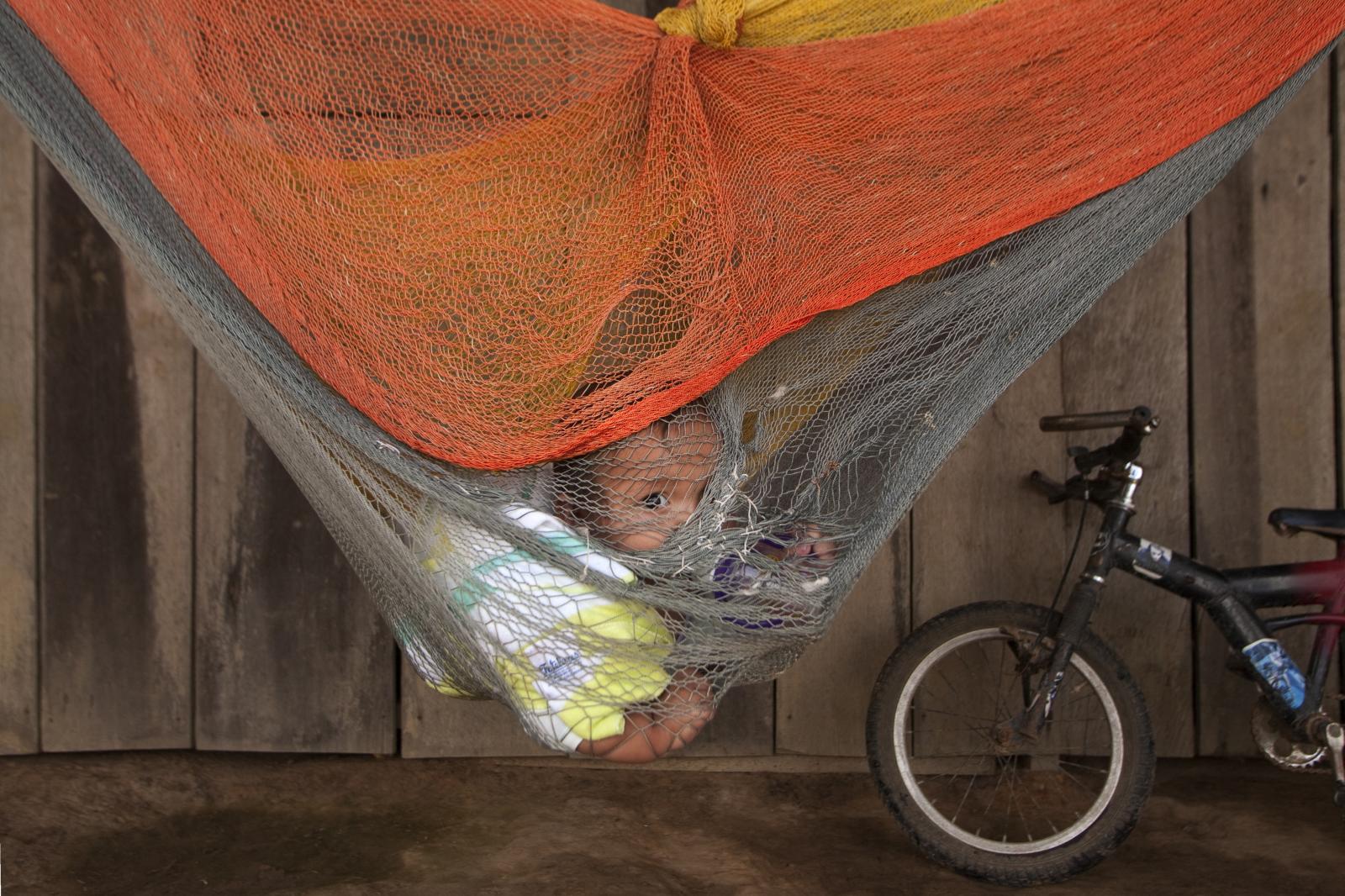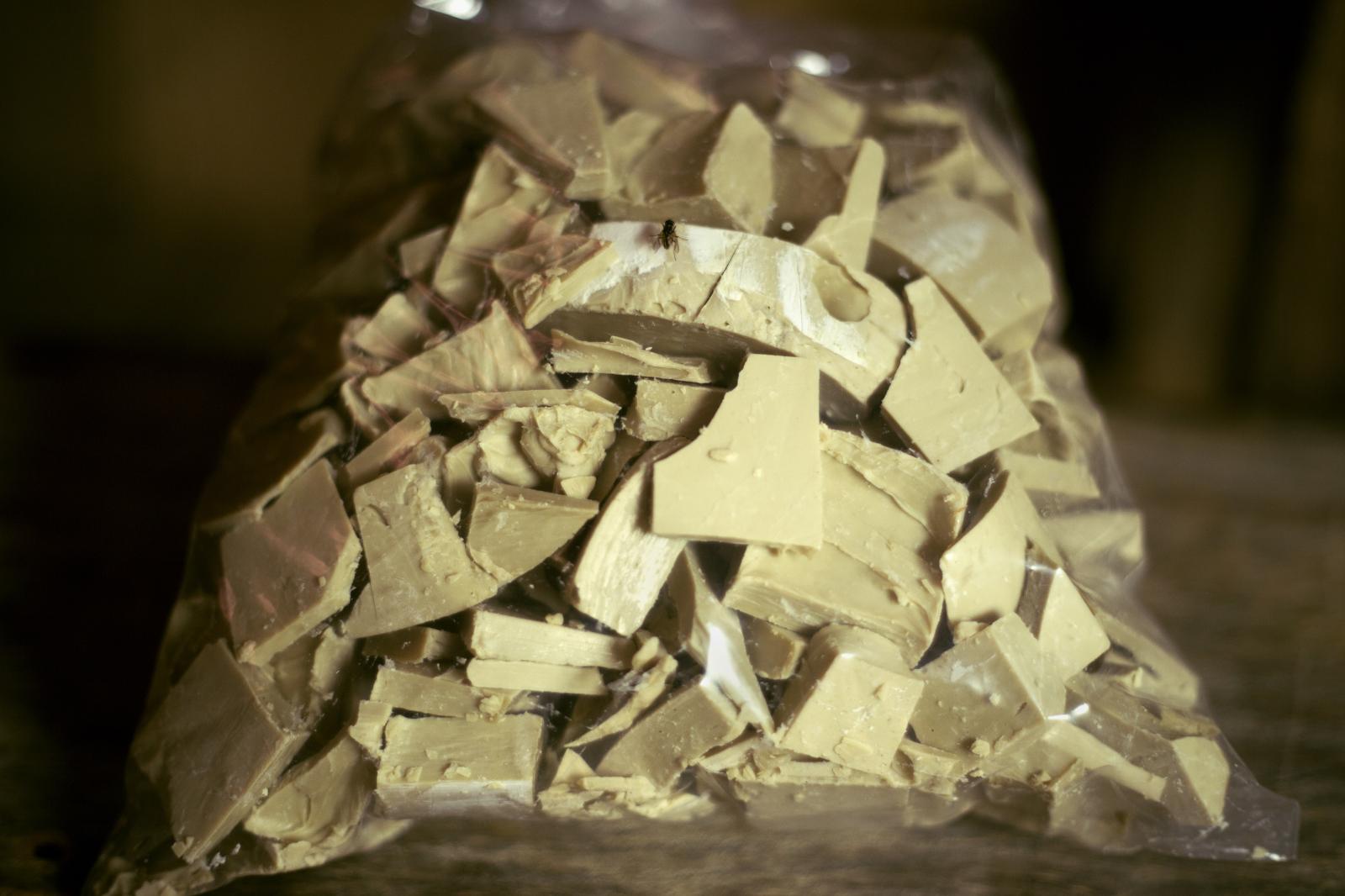Public Story
The War on Drugs in Colombia
Around sixty thousand families grow coca in Colombia and total of five hundred thousand people live off the farming and poicking of the crop. It is the least profitable activity of the coca-cocaine trade market since coca farmer can receive as little as three thousand dollars a year per each hectare cultivated.
Coca growers and "raspachines" or "pickers", rely on cultivating coca to support their families. Lack of state presence and high levels of Unsatisfied Basic Needs (UBN) has pushed these communities to illegally grow coca; the war on drugs has further marginalized this population to the point where they are forcedly displaced and manipulated by violent groups.
With the recent declarations of the newly elected President Petro at the UN regarding the failure of "The War on Drugs", an opportunity arises to address this problem in a different way.
In the framework of the peace process signed with the FARC, voluntary eradications of the coca leaf matte are being implemented by the former growers of this plant, with limited successes.
The natives of almost all Colombia use the sacred plant of Coca, for their rituals and their daily life. They are part of the cultural heritage of these peoples and the war on drugs has affected them, since they have been left in the midst of political, economic and violent dispositions.





































